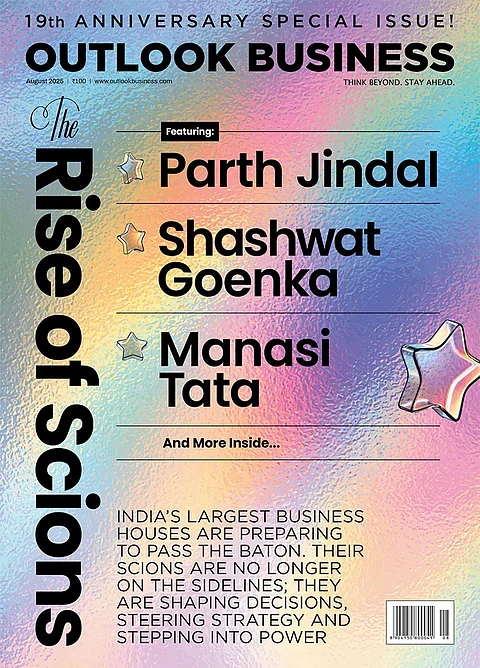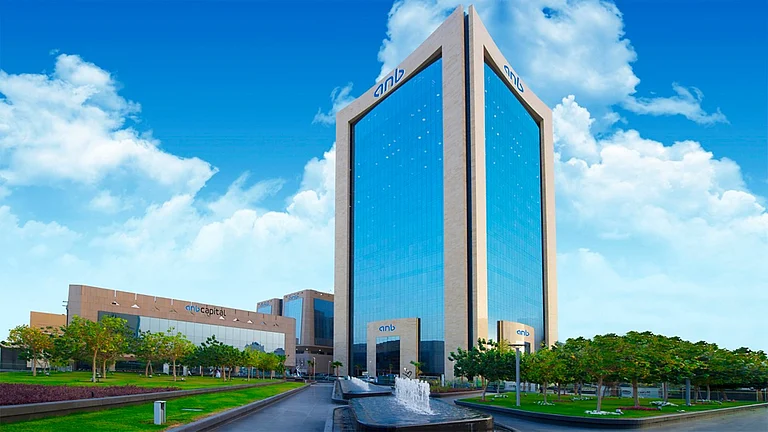In 2019, when Pomila Jaspal joined Mangalore Refinery and Petrochemicals Ltd (MRPL), a refinery that was majority owned by ONGC, it was saddled with problems. The issues included its dependence on crude imports, lack of marketing facilities that forced it to rely on state-owned oil marketing firms, and huge losses. Jaspal was also rattled by incidents beyond her control. “Lack of rains led to a shutdown for 79 days, and a loss of Rs 3,000 crore. Excess rain damaged a pipe, and led to localized disruptions for a month. Then came Covid, with its loss of Rs 3,800 crore,” explains the CMA.
Around this time, the government decided to merge ONGC Mangalore Petrochemicals Ltd (OMPL), a subsidiary, with MRPL. The scheme of amalgamation of the proposed merger listed several benefits. OMPL’s petrochemical project was a value-addition project, which would use the naphtha and aromatic feed from MRPL’s refinery. A merger “will create greater synergies between the business operations of both the companies, and maximize returns to the entire group.” The integration was in line with the “global trend of aromatics plants being operated on an integrated basis with refineries with a view to provide flexibility in product streams depending on market cracks and adding value to refinery product streams, and flexibility to refinery….”

The truth was that MRPL’s refinery was interlinked with OMPL’s petrochemical plant to manufacture benzene and paraxylene, among other products. While the former relied on crude imports, it had to export the final products if the Indian oil marketing firms were unable to lift them. OMPL was an export-oriented company. As the scheme of amalgamation put it: With the merger, MRPL would “consider enhancing feedstock and the entire fuel requirement of the petrochemical unit to allow for optimal utilization of the capacity.” In addition, there were administrative, financial, and management synergies.
CMA Jaspal worked towards the success of the merger. Apart from the discussions and negotiations with several ministries, and approvals from regulatory bodies, her main challenge was to raise cash to meet working capital and other needs. Given the limits on internal generation, MRPL raised money from the markets. “We took the NCD (non-convertible debenture) route. It took us three years, but the fund-raising efforts were successful. Today, the combined operations are profitable. And the market capitalization of the company has shot up by more than seven times to Rs 50,000 crore,” she exults.

What helped Jaspal was her earlier stints in ONGC Videsh, the global arm of ONGC, an oil exploration giant, and in Directorate General of Hydrocarbons (DGH), the regulator in the oil and gas sector. The former enabled her to work with global oil majors, and in ventures across several countries such as Azerbaijan, Columbia, and Russia. “It was a rich experience, as one understood the mindset of large MNCs, and gained crucial insights. I dealt with international accounting standards, Indian standards, as well as those that were applicable in the respective countries,” she remembers.
In DGH, CMA Jaspal was instrumental in developing the production-sharing contracts (PSCs) that enabled the entry of private players, both Indian and foreign, in the restricted sector. She shaped and influenced the formulation of the New Exploration Licensing Policy (NELP), after India opted for economic reforms in the 1990s. Under NELP, more than 250 contracts were inked in various bidding rounds. “The initiative opened competition, and enabled entry of new players. Two major discoveries of gas in the KG (deepwater) Basin were made. I was involved with several other investor-friendly policies such as calculation of unfinished minimum work program, swapping of work, royalty amendments, and PSC audits,” she explains.

Ironically, as ONGC’s Director (Finance), Jaspal faced a situation that is exactly the opposite of what she did in MRPL. The latter was starved of cash and funds. ONGC is flooded with them. It is as if money gushes out of its operations, just like oil and gas. “The annual capital budget of ONGC is around Rs 35,000 crore. The yearly operational costs are similar, Rs 35,000 crore. Thus, I manage Rs 70,000 crore, and one of my prominent responsibilities is treasury management, and how to efficiently use this surfeit of cash,” she says.
As Director (Finance), Jaspal updated investment policies and procedures by adding new avenues, and reviewing the limits of existing instruments to optimize yields. The centralization of the finance activities aims to achieve uniformity, efficient utilization of resources, and cost optimization. Under her leadership, ONGC launched the shared finance service for centralized vendor payments. Unit heads, and section heads were adequately empowered to ensure quick decision-making. During the Covid years, she spearheaded efforts to coordinate with Indian and foreign suppliers to activate and energize ONGC’s high-seas operations. “The difficult hi-tech project is on track, and the government got its first batch of oil.”
Her leadership mantra can be summarized in the following manner. To become an effective leader, one needs to remove inhibitions, scale up individual skills, and ensure mobility to larger areas that helps to hone a holistic personality. One should never underestimate one’s own potential, but one should not be overtly over-confident. “Determination is the crucial key, and perseverance always pays in the long run. Small hurdles may divert the focus, but we should have the courage and determination to confidently walk towards our goals.”












 Just one email a week
Just one email a week